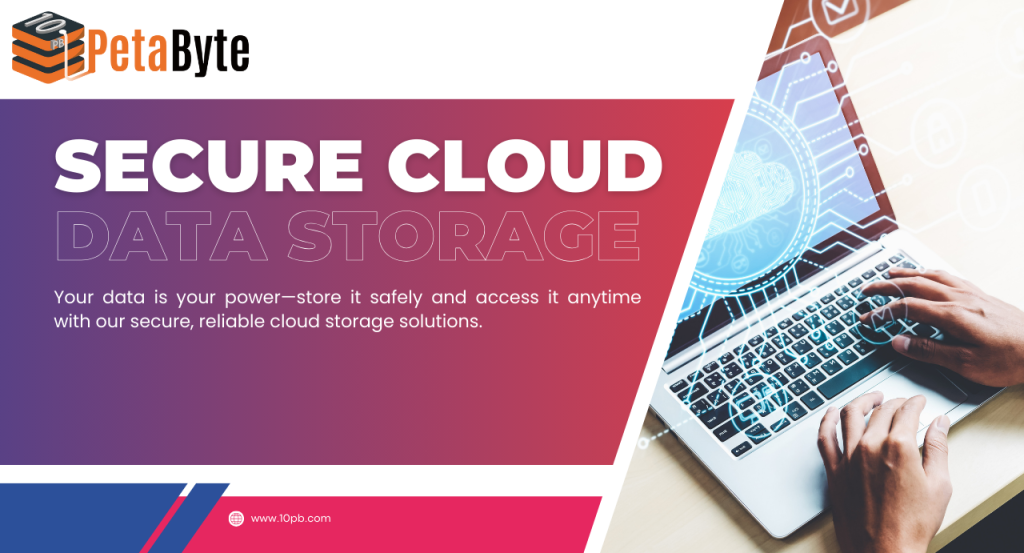Companies today are creating and managing huge volumes of unstructured data in our increasingly digital, data-driven world. This data can range from media files to massive analytics datasets. As these volumes grow, traditional storage systems struggle to keep up—leading to challenges in cloud storage management, scalability, and cost control. Enter object storage: a modern solution designed to meet these challenges head-on.
Understanding Object Storage
Object storage is a method of storing data in independent units called “objects.” Each object contains the actual data, a unique ID, and customizable metadata. This is different from traditional file or block storage systems, which organize data into fixed blocks or hierarchical folders.
It’s flat structure removes folder complexity, simplifying how data is accessed and managed. This flexibility makes it ideal for cloud storage management, especially in environments that demand scalability and on-demand access to growing data sets.
Benefits of Object Storage for Enterprises
1. Flexibility and Room to Grow
It’s systems are built to handle vast amounts of data—petabytes and beyond—without sacrificing performance. Their horizontally scalable architecture allows easy expansion, making them perfect for dynamic cloud storage management needs.
2. Economic Efficiency
By utilizing commodity hardware and pay-as-you-go models, It’s offers a cost-effective way to store infrequently accessed data such as archives and backups. It significantly reduces the financial burden compared to traditional systems.
3. Enhanced Data Security and Access
Ensure data safety through replication and erasure coding. These techniques protect data from hardware failures, improving reliability and accessibility in any cloud storage management setup.
4. Metadata Simplifies Management
Metadata that helps users organize, search, and control data efficiently. This metadata-driven approach makes it easier to manage compliance, regulatory needs, and large-scale data analysis.
Examples of Using Object Storage
-
Long-term data archiving with durability over time
-
Supporting large-scale machine learning and AI through manageable, scalable datasets
-
Delivering multimedia content across global networks
-
Seamless scalability for dynamic cloud storage management requirements
Object Storage vs. Traditional Storage Methods: A Comparison
| Feature | Object Storage | Traditional Storage |
|---|---|---|
| Scalability | limitless | Bound by hardware constraints |
| Data Organization | Flat namespace with metadata | Fixed blocks or folder hierarchy |
| Cost-Efficiency | Economical for big data | Higher costs as access grows |
| Accessibility | Analysis, backup raw data | Databases and organized info |
How 10PB Fits into Cloud Data Management
For enterprises that need to manage massive volumes of information, 10PB delivers a powerful, scalable, and secure storage solution. With its high reliability, easy setup, and competitive pricing, 10PB supports smarter cloud storage management—freeing businesses from the constraints of legacy storage systems.
Conclusion
As data continues to grow at an unprecedented rate, businesses need storage solutions that can scale, perform efficiently, and remain cost-effective. Object storage clearly stands out as the future of cloud storage management, offering unmatched flexibility, resilience, and affordability. It’s handles massive data growth, supports unstructured data, and outperforms traditional file/block storage.
Ready to transform how you manage your data? Contact us today to discover how 10PB’s object storage can power your next phase of cloud growth.
FAQ’s
1.What is object storage in cloud computing?
Data can be stored with object storage as separate units known as objects, each with a distinct name and metadata.
2.Why is object storage different from traditional storage?
Object storage, unlike traditional file or block storage, uses a flat architecture without folders, making it easier to manage and scale big data sets.
3.Why is object storage considered scalable?
Adding more storage nodes lets this storage expand & handle growing data without slowing down or causing performance issues.
4.What types of data work best with object storage?
It’s handles unstructured data very well. It is ideal for cloud apps & manages things like images, videos, backups, and large-scale data analytics.


